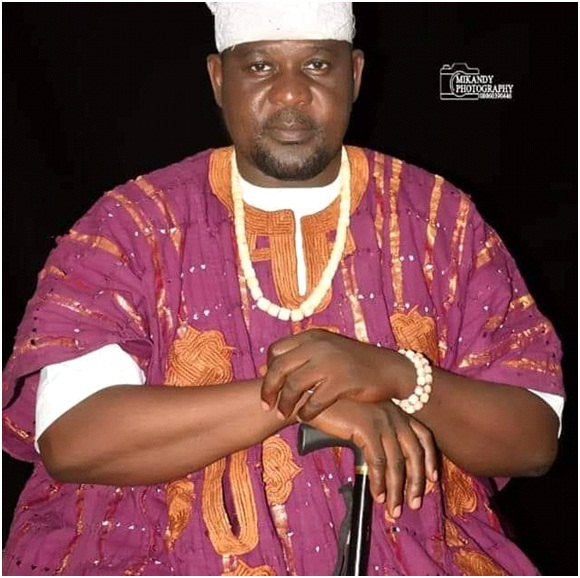Play with your emotions Understanding emotions, what triggers them and handling them like a pro
By Aditi Raman Shridhar
|
Suppress your emotions’, ‘express your emotions’, ‘bottle up your emotions’, ‘release your emotions’, ‘It doesn’t matter how you feel’, ‘It only matters how you feel’, ‘You are too emotional’, ‘you are not emotional at all’…and the list goes on.
Plenty of teaching is imparted to us since childhood on how we should feel and deal with our emotions. We are taught when to feel what and how much to express it. Emoting anything above the required measure carries the risk of us being labelled as ‘over-emotional’ or on the contrary carrying an expression-less face can make us appear cold-hearted and unemotional. Most people have trouble dealing with their emotions not because they don’t know how to feel but because they are confused how to express them. This is because of various judgements that each emotional expression are attributed with in our societies. For example, the phrase that boys don’t crycan be haunting for any young boy to fully feel and express grief. The fear of crying itself and being judged as not manly enough is so daunting that a majority of adult men across cultures have been found to suffer from sadness and difficulty in expressing all kinds of emotions, including love.
Similarly, the phrase that women are meant to be polite and soft has caused huge roadblocks for women to fully express themselves at workplaces and be assertive and as aggressive as men. The result of such biases are nearly catastrophic to people. By the time children turn into adults, such biases turn them emotionally complex and prevent them from being their authentic selves.
To describe in simple words, ’emotions’ are feelings of pleasure and displeasure. Famous psychologist Paul Ekman says that emotions are universal and they can be broadly classified into 7 categories – Happiness, Sadness, Anger, Fear, Grief, Shame, and Surprise. You can sub-classify them into various other feelings such as joy, bliss, guilt, disgust, contempt, hatred, jealousy, etc.
While emotions are universal, their expression is deeply cultural. Parents teach children the appropriate display rules for various occasions, which get reinforced at school, through the media, and with peers. When should you show emotion, when should you exaggerate it, and when should you mask it. For example it is considered normal for an Indian to cry and express grief in public when a loved one departs, but for an American crying loudly would be impossible. For a Japanese it is normal to never show any feeling other than happiness in public, but for most other cultures this would be impossible.
Japanese society follows the concept of Hon-ne and Tatemae. Hon-ne means an honest feeling and Tatemae means a polite face. The Japanese use these in order to give priority to others’ feelings over their own. For Americans on the other hand, the very basis of life revolves around individualism and setting self as the highest priority. Indian, African, Chinese and some European cultures are more balanced in this respect in maintaining a healthy emotional interdependence between self and community.
Emotions are as important as meals. They need to be processed and digested smoothly for a healthy mental state. When you don’t process your food properly, your body accumulates toxins, develops free radicals, and creates cellular instability that leads to illnesses. When you fail to process your emotions and experiences, you create toxins of another sort. Emotional toxins manifest as anxiety, depression, sadness, hopelessness, anger, rage, impatience, or guilt. Over time, these toxins build up and morph into physical symptoms and disease.
YOU ARE NOT YOUR EMOTION
Irrespective of your age and cultural background, the number one way to feel and express your emotion better is by understanding first that YOU ARE NOT YOUR EMOTION.
We tend to associate ourselves to an emotion simply because we have expressed them more often than others. For example, your family and friends might call you an angry person or a sad person. It is a huge lie because you are not your emotion. You are only in the habit of expressing that emotion more than other emotions. That’s all. Hence, there is a way to curb it down and express other emotions more as well.
Let me give you the example of my friend Donna. My former colleague and good friend was a very angry woman. It didn’t matter what the situation around her was. She was angry by default. Whether her office staff didn’t turn up on time or her meeting with a client didn’t go as planned, or her son fell sick, or she got a surprise from her loved ones, it wouldn’t matter. She would become angry at everything. Her anger issues started creating trouble for her at work and she came to me seeking help. After a careful analysis of her situations, I understood that she had deeply associated herself to the emotion of anger. Such deep was her association that it didn’t matter what the external situation was. Everything triggered the same emotion within her.
I told her to close her eyes and imagine that her emotional self is standing in front of her. I asked her what she noticed and she said she could see herself shaking with anger from head to toe. I asked Donna to see that the emotion was simply a wave of energy vibrating within her and that she could calm it down. She started imagining that she was becoming peaceful and content and the new waves of emotion were of love and peace. With daily practice of this simple visualization, Donna was able to control her anger successful and emote other expressions of love, appreciation and acceptance more.
Famous energy healer Jeffrey Allen makes this exercise even simpler. He makes his clients imagine various situations in their life and evoke different emotions. When people are able to evoke various emotions, there are three realizations that take place within them: 1) They are not the emotion, 2) They have absolute control on what emotion they want to create, and 3) They can pin-point what they are feeling and why and balance the degree to which they feel it.
EMOTION IS ENERGY IN MOTION
Emotions create lightness or denseness in your being. You can notice in the photograph how lighted up the entire body is when you feel happiness and how dark it gets when you feel contempt or depression.A few tools to keep your emotional state happy and buoyant, are meditation, visualizations as explained in the column, and daily reminding yourself that you are not your emotion and hence have total control on it.
EMOTIONAL EXPRESSION AND EMOJIS
The differences in emotional expressions find presence even in emotions or emojis used on digital platforms. Many people know some basic emojis while some can use these images to compose entire conversations without typing any text. Starting with less than 200 images, the emoji is now considered as the fastest growing language in the world, with over 1,800 images. Emojis are used by about 90% (estimated) of the world’s online population today.
However, it is important to note that not all emojis are acceptable everywhere. In Uruguay, Cuba, Colombia, Brazil, Argentina, Greece, Portugal, Spain and Italy for example, the devil with horn emoji is a lucky sign and it is used to avoid the evil eye and bad luck. But it has a second meaning and when the horn emoji is directed at a particular person in these countries, it means that the person’s partner had cheated in their relationship.
You should not use the waving hand emoji when chatting with Chinese people who are located in Mainland China as it is interpreted as breaking off the friendship. You often show agreement or approval by using the thumbs up emoji but in Afghanistan, Iraq and Iran, it means ”sit on it,” which is a very obscene gesture. Conversely, the acceptance level of people in English speaking countries differs from other parts of the world where the English language is not that commonly spoken. The red heart is a favorite of many people in New Zealand and Canada, while Ireland’s emoji-using population prefers the smiling pile of poo. Australians like the winking emoji with the tongue sticking out while users in Trinidad, Jamaica, the UK and the U.S. likes the laughing-crying face. The common favorite in these countries is still the plain smiling face emoji.
Emotions are meant to have fun with. They are natural relievers of pain and can ease our day to day lives once you know how to feel them, express them and keep a healthy balance among them. Emotional triggers tell you a lot about yourself and are the easiest cues to transform yourself and the situation around you. They also trigger hormones in your body to further enhance the feelings in your being and make you feel the way you want. Master your emotions and live an improved life. Until next week.
Aditi Raman Shridhar is an Indian journalist, therapist and health instructor.









